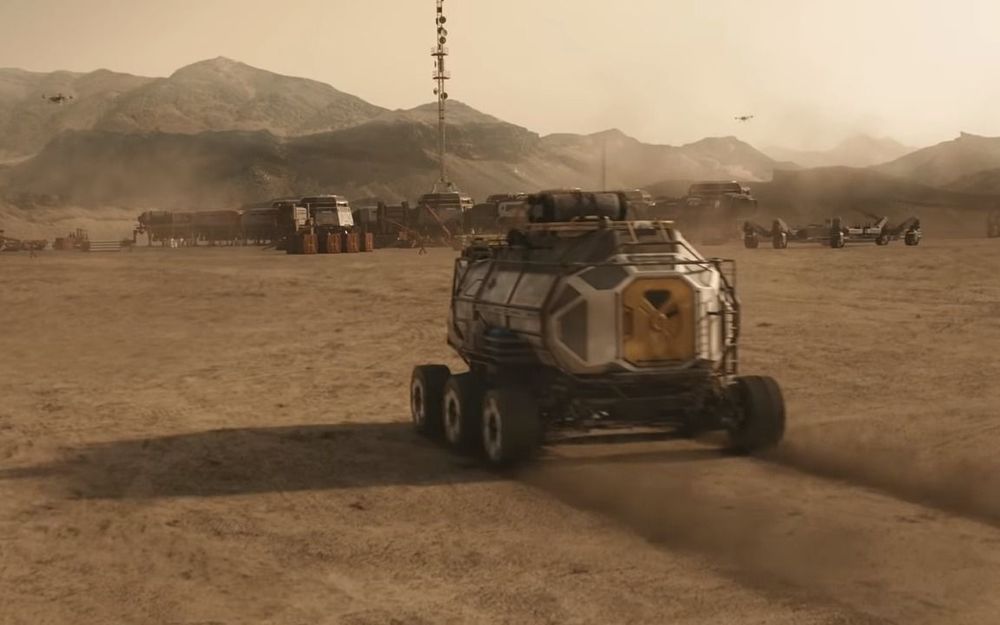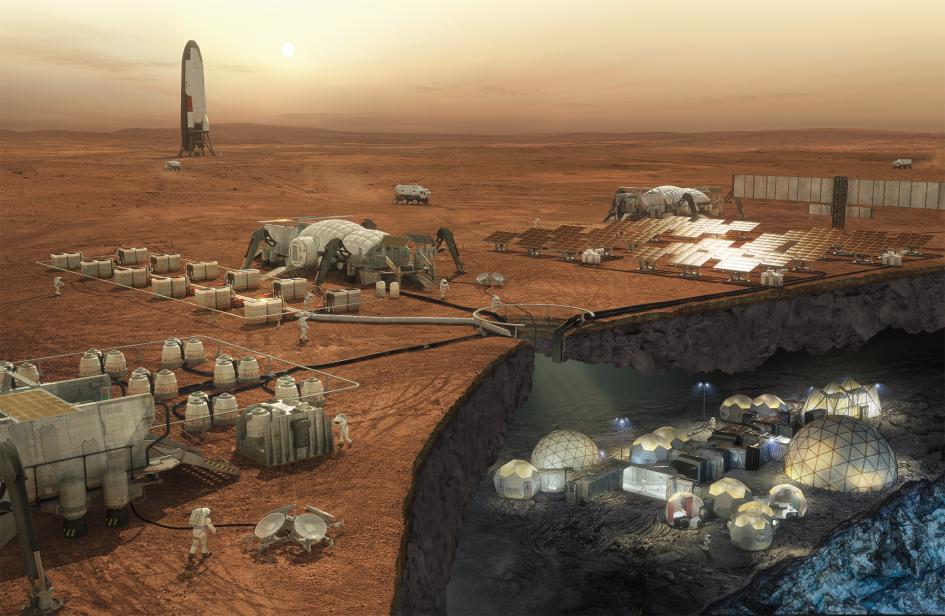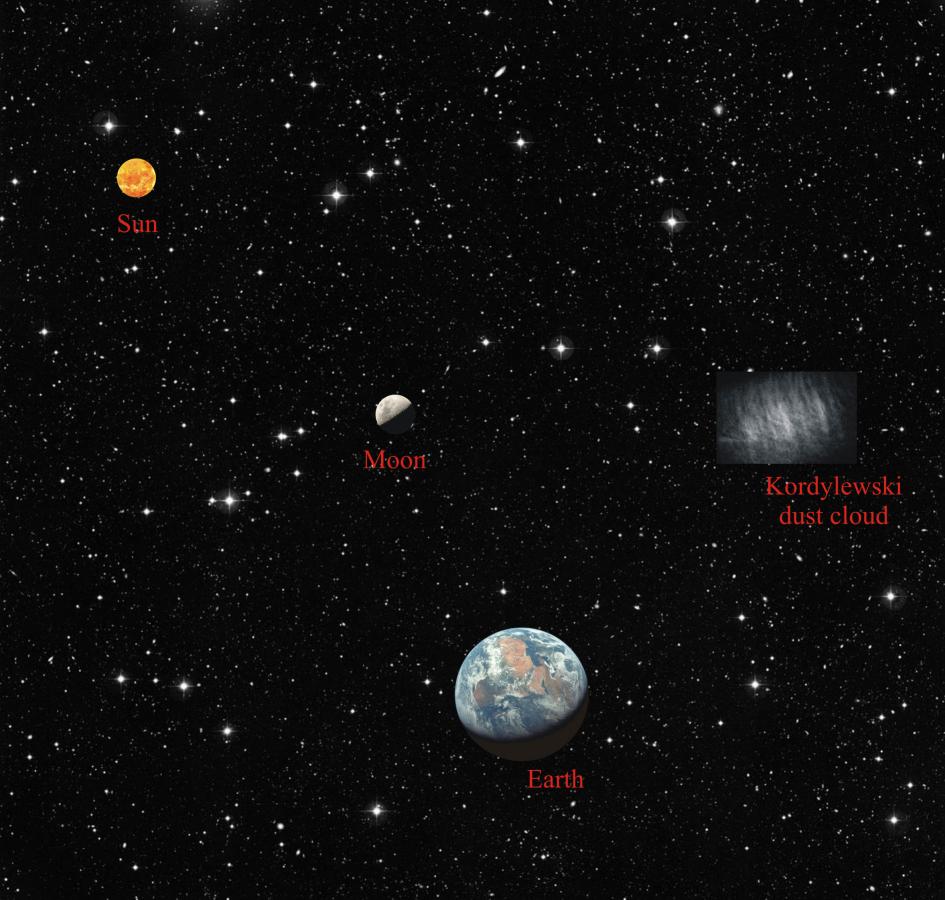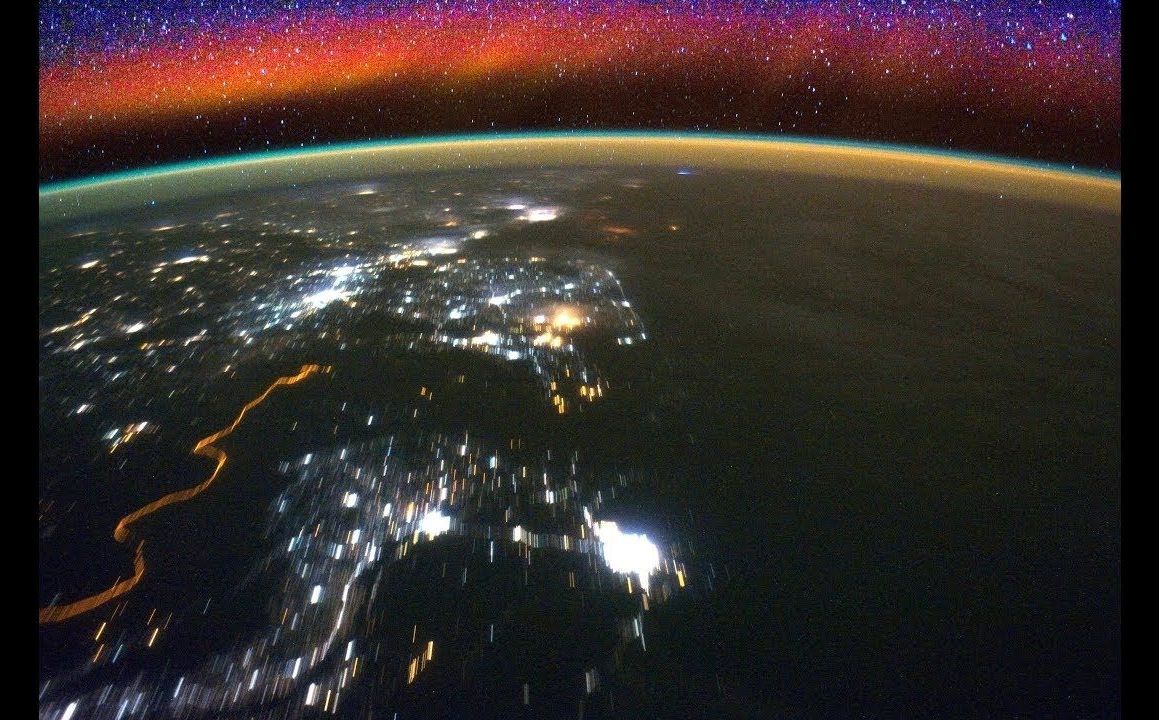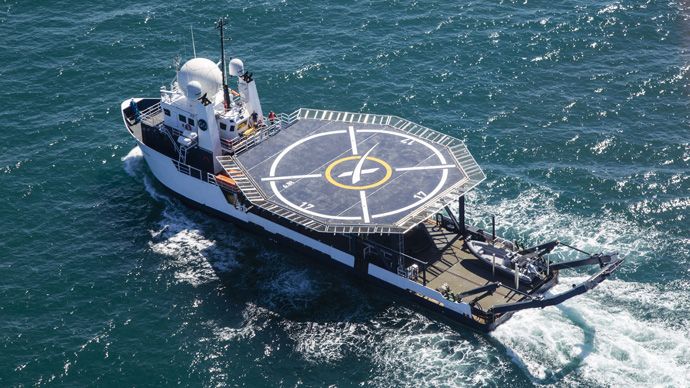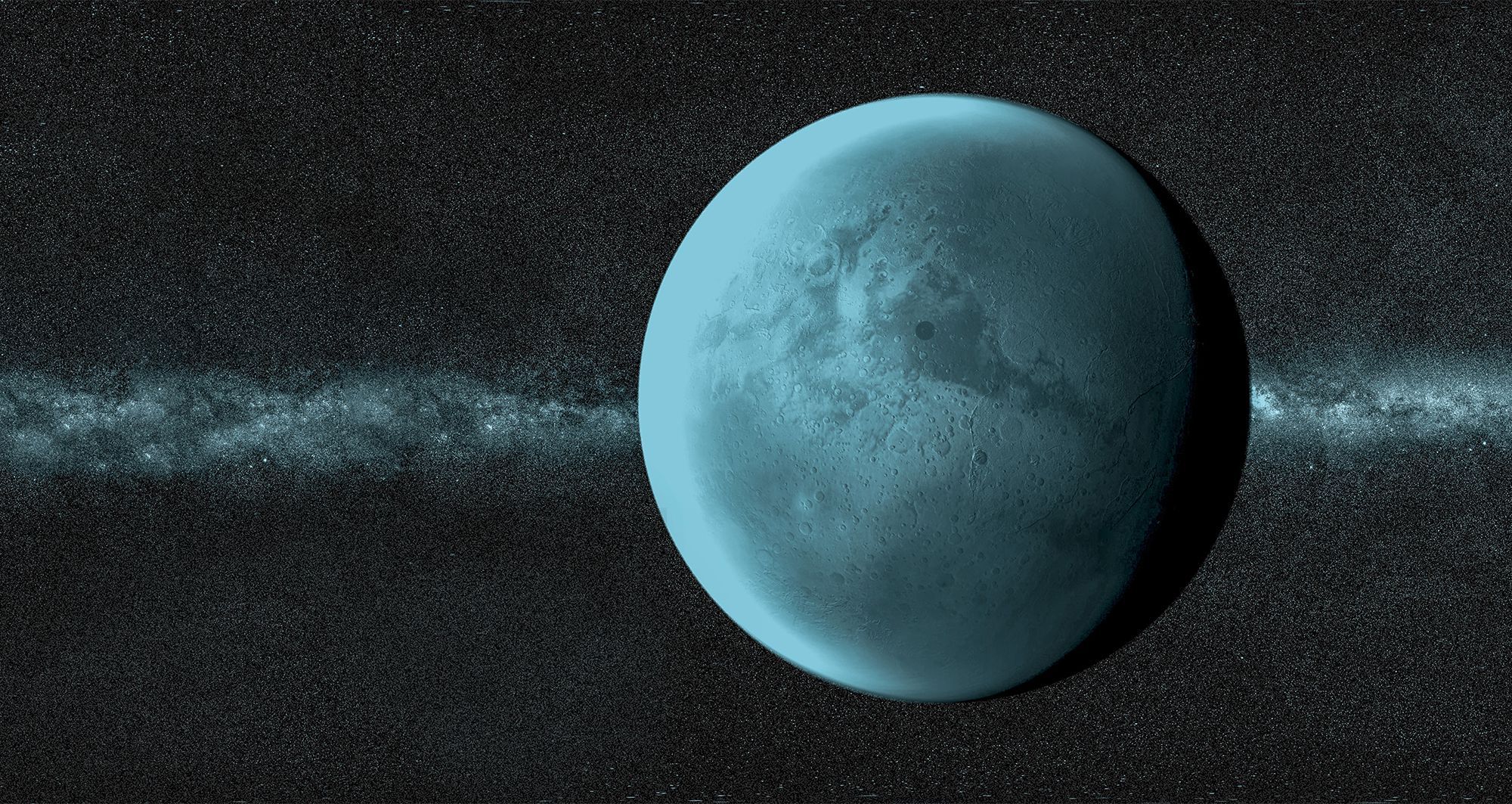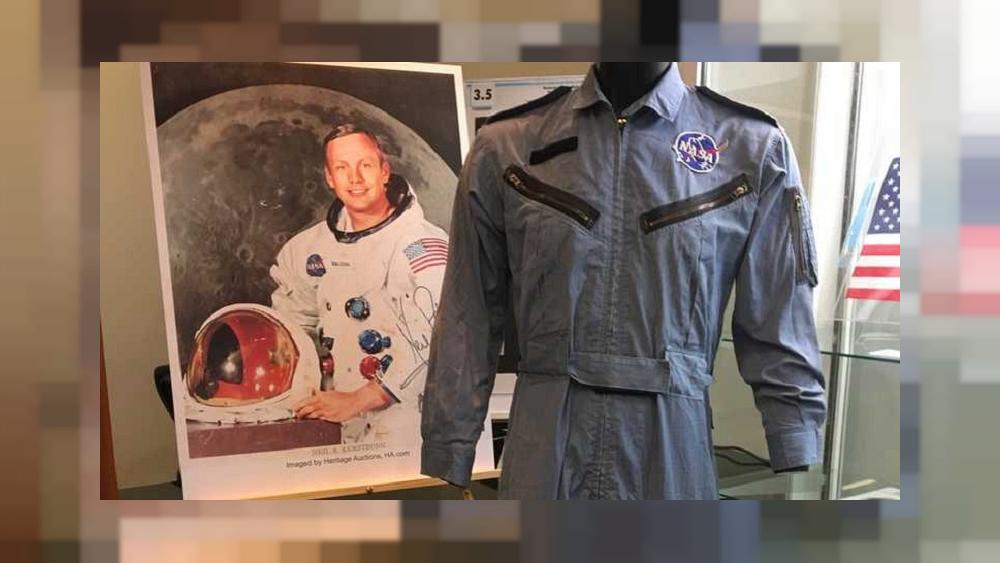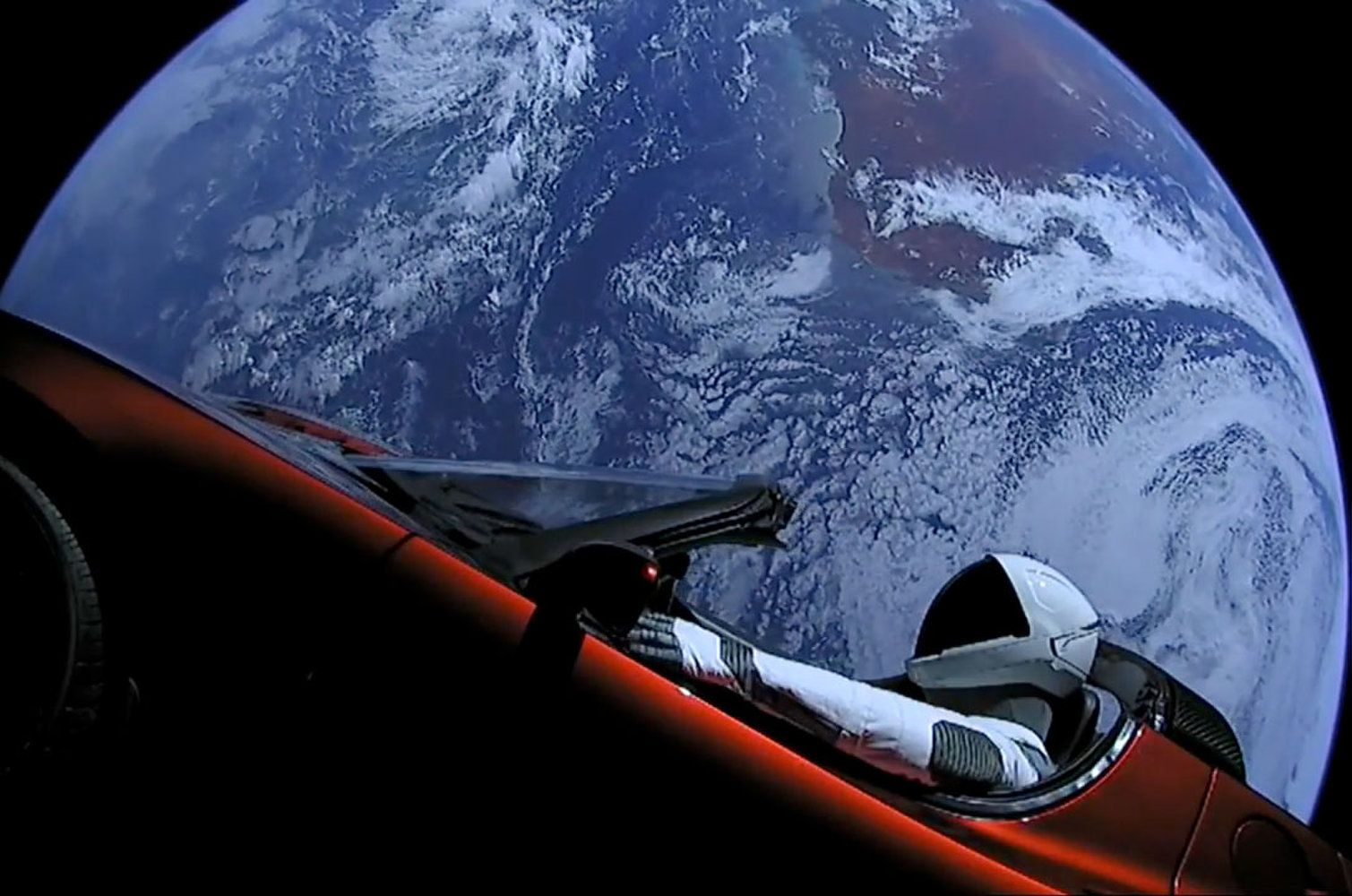What will the first Mars colony look like? In National Geographic’s “Mars” series, a group of pioneers build the first colony on Mars, complete with rovers, helicopters and other tech inspired by NASA, SpaceX and other “big thinkers” in the space industry. How does the fictional tech in Nat Geo’s series match up to real-world ideas for how we’ll colonize Mars? Shown here is Mars 2’s fictional idea of a Mars base.
Next: SpaceX’s Mars Base Vision
